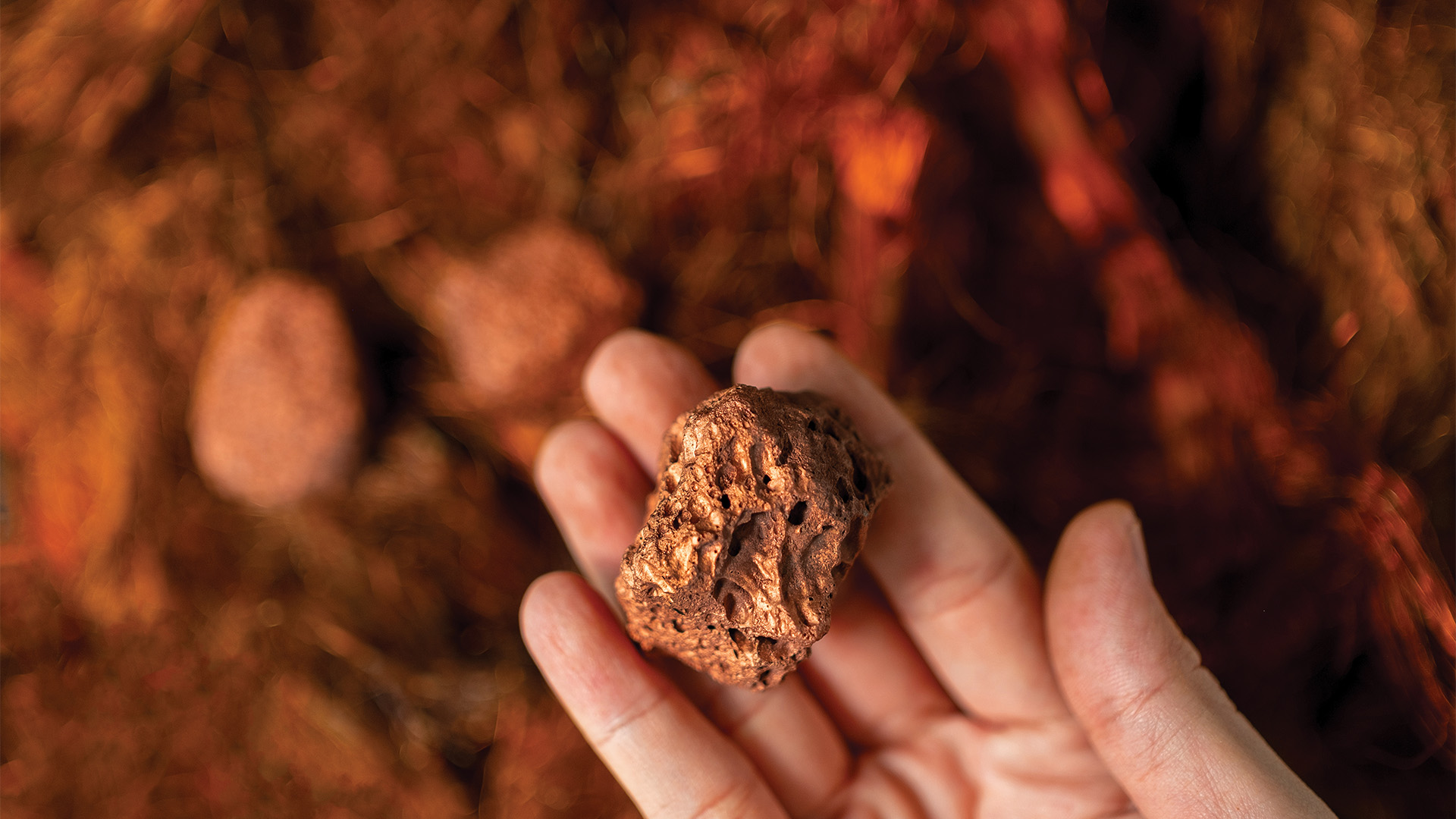More evidence of the two-faced nature of the Australian economy – domestically conditions are weak to mixed thanks in part to Covid omicron and weakening demand – we saw that in housing approvals.
But externally, the trade account remains robust, even though the surplus is down sharply from the record high in midyear, while trade with China remains solid on both the export and import side of the ledger.
The slide in iron ore prices continued to take a toll on the size of Australia’s trade surplus in December as it fell for a 5th month in a row.
That means net exports will be a drag on economic growth in the three months to December (when the GDP figures are published in early March).
The trade surplus eased $1.4 billion to $8.36 billion over the month, weaker than market expectations. That was down from the upwardly revised $9.76 billion in November (originally reported as $9.234 billion).
The surplus is now about $5 billion down on the peak of $13.3 billion in July and was the smallest monthly surplus since March.
In total the surplus for the December quarter was $28.56 billion, sharply lower than the $38.56 billion in the three months to September, but still well above the $19.7 billion for the final quarter of 2020.
Exports grew 1% month-over-month to a four-month high of $45.32 billion and imports increased at a faster 5% to a new record high of $36.96 billion, thanks to a surge in new car imports as the backlog of unfilled orders was topped up.
The value of imports reached its second highest ever in a month at $4.23 billion.
For 2021 as a whole the trade surplus surged to a massive all time high of $122.04 billion from $73.59 billion in 2020.
Exports at around $517bn topped half a trillion dollars for the first time ever.
Economists say the weakening surplus will lop up to one percentage point from growth (at this stage) in the final quarter after contributing the same amount to third quarter GDP.
Exports to China last year also rose 20.6% to $176.8 billion, thanks mostly to the boom in iron ore prices up to May when they started tanking.
Higher prices of coal, LNG and meat boosted the trade surplus with China in the final months of last year.
Imports from China rose by just over 8% to $91.2 billion, a new record high.
Overall, Australia’s annual trade surplus with China has fell slightly, from a record $91.7 billion in the year to August down to $85.5 billion in the year to December.
…………
While housing approvals overall were higher in December, approvals to build detached houses fell further in the month as the impact of the federal government’s HomeBuilder scheme in mid-April continued to wane as more lenders pushed up fixed mortgage rates.
Some small lenders have also edged up variable rates in recent weeks as market yields have risen in tandem with higher yields offshore, such as the US market.
The Australian Bureau of Statistics said on Thursday house approvals fell 1.8% in December and have now dropped 31.5% since their peak in April.
“While approvals for private houses have fallen from all-time highs, the series remains at historically elevated levels, with the December result 20.5 per cent higher than the pre-pandemic level in December 2019,” ABS director of construction statistics Daniel Rossi said in the release.
Economists think the weakness will continue with more speculation about interest rates and the usual pre-election slide in confidence and activity with a federal poll expected by May.
Reserve Bank of Australia governor Philip Lowe warned on Wednesday that a rise in the cash rate later this year, which influences the direction of home loan rates, was “plausible”.
Overall approvals rose 8.2% in December, thanks to a 27.5% increase in dwellings excluding houses (apartments, townhouses etc). That was due to the usual end of quarter (and in this case, end of year) clean out of approval backlogs by local governments preparing for a new year and quarter.
The value of total buildings approved fell 2.1% in December, in seasonally adjusted terms. The decrease was driven by a fall in the value of non-residential building approved (-16.3%), following a 27.8% rise in November.
The value of total residential building rose 7.8%, comprised of an 8.3% increase in the value of new residential building, and a 5.2% rise in the value of alterations and additions.
The tradies at least are still doing very well.













